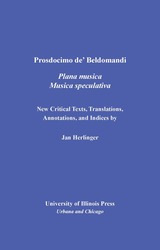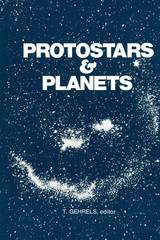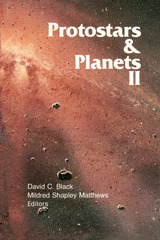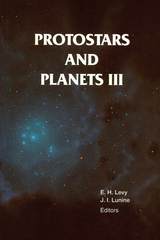4 books by McConachie, Bruce
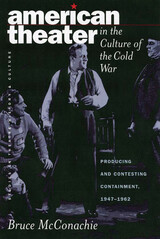
American Theater in the Culture of the Cold War
Producing and Contesting Containment, 1947-1962
Bruce A. Mcconachie
University of Iowa Press, 2003
In this groundbreaking study, Bruce McConachie uses the primary metaphor of containment—what happens when we categorize a play, a television show, or anything we view as having an inside, an outside, and a boundary between the two—as the dominant metaphor of cold war theatergoing. Drawing on the cognitive psychology and linguistics of George Lakoff and Mark Johnson, he provides unusual access to the ways in which spectators in the cold war years projected themselves into stage figures that gave them pleasure.
McConachie reconstructs these cognitive processes by relying on scripts, set designs, reviews, memoirs, and other evidence. After establishing his theoretical framework, he focuses on three archtypal figures of containment significant in Cold War culture, Empty Boys, Family Circles, and Fragmented Heroes. McConachie uses a range of plays, musicals, and modern dances from the dominant culture of the Cold War to discuss these figures, including The Seven Year Itch, Cat on a Hot Tin Roof; The King and I,A Raisin in the Sun, Night Journey, and The Crucible. In an epilogue, he discusses the legacy of Cold War theater from 1962 to 1992.
McConachie reconstructs these cognitive processes by relying on scripts, set designs, reviews, memoirs, and other evidence. After establishing his theoretical framework, he focuses on three archtypal figures of containment significant in Cold War culture, Empty Boys, Family Circles, and Fragmented Heroes. McConachie uses a range of plays, musicals, and modern dances from the dominant culture of the Cold War to discuss these figures, including The Seven Year Itch, Cat on a Hot Tin Roof; The King and I,A Raisin in the Sun, Night Journey, and The Crucible. In an epilogue, he discusses the legacy of Cold War theater from 1962 to 1992.
[more]
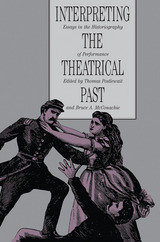
Interpreting The Theatrical Past
Historiography Of Performance
Thomas Postlewait
University of Iowa Press, 1989
The essays in this broadly based work examine the research procedures, practices, problems, and opportunities in the field of theatre history. No single methodology or theory dominates this anthology; instead it offers various approaches to the study of the theatrical past. It is the first of its kind in theatre historiography, useful for research as well as classroom adoption.
Though these thirteen essays provide historical information on specific people, events, works, documents, institutions, and social conditions in the theatre, they aim primarily to explore theoretical and methodological issues, to review and analyze current research practices and presuppositions, and to identify and apply new theoretical orientations to theatre studies. Whatever their interpretive viewpoint and rhetorical tone, each of the essays calls for greater awareness of the problems and opportunities that face the discipline. Consequently, this collection will be valuable reading not only for theatre historians but for scholars in literary and popular studies and in all the performing arts.
[more]
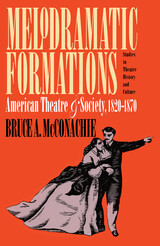
Melodramatic Formations
American Theatre and Society, 1820-1870
Bruce A. Mcconachie
University of Iowa Press, 1992
The middle years of the nineteenth century were a time of dynamic artistic and social changes in America. Now, Melodramatic Formations is the first study to trace these changes in popular stage melodrama's production, dramatic form, and audience reception. Bruce McConachie shows how the theatrical mutability that characterized the years 1820 to 1870 is inextricably tied to the decline of elite paternalism and republicanism and the rise of bourgeois rationalism and respectability.
Taking a rigorous interdisciplinary approach, McConachie examines several historical regularities of production, genre, and audience. Here theatre (and its drama) has at long last been returned to its general culture, rather than being treated as an isolated phenomenon. Ultimately, he develops a new notion of a theatrical formation—a construct where groups of spectators and theatre performers produce each other as artists-to-be-experienced and audiences-to-be-entertained.
Throughout Melodramatic Formations McConachie illustrates how theatre both maintains and produces various ideologies; he convincingly shows that theatre is a major player in our social and cultural history. This book will be of interest to all in American studies, theatre history, and American cultural history.
[more]
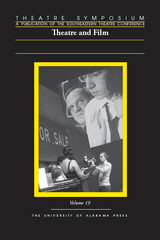
Theatre Symposium, Vol. 19
Theatre and Film
J K Curry
University of Alabama Press, 2011
Normal0falsefalsefalseMicrosoftInternetExplorer4Despite a shared history and many common present practices, the relationship between theatre and film often remains uncertain. Does a close study of film enrich an understanding of drama on the stage? What ongoing connections do theatre and film maintain, and what elements do they borrow from each other? Does the relative popularity and accessibility of film lead to an increased scholarly defensiveness about qualities exclusive to theatrical performances? Do theatre and film demand two different kinds of attention from spectators, or do audiences tend to experience both in the same ways? The essays in “Theatre Symposium: Volume 19” present this dynamic coexistence of theatre and film, and examine the nature of their mutual influence on each other.Bruce McConachie, in his contribution to the collection, “Theatre and Film in Evolutionary Perspective,” argues that the cognitive functions used to interpret either media arise from the same evolutionary foundation, and that therefore the viewing experiences of theatre and film are closely linked to each other. In “Robert Edmond Jones: Theatre and Motion Pictures, Bridging Reality and Dreams,” Anthony Hostetter and Elisabeth Hostetter consider Jones’ influential vision of a “theater of the future,” in which traditional stage performances incorporate mediated video material into stage productions. Becky Becker’s “Nollywood: Film and Home Video, of the Death of Nigerian Theatre,” by focusing on the current conversation in Nigeria, discusses the anxiety generated by a film and video industry burgeoning into and displacing theatre culture These and the six other essays in “Theatre Symposium: Volume 19” shed light on the current state of affairs—the collaborations and the tensions—between two distinctly individual yet inextricably related artistic media.
[more]
READERS
Browse our collection.
PUBLISHERS
See BiblioVault's publisher services.
STUDENT SERVICES
Files for college accessibility offices.
UChicago Accessibility Resources
home | accessibility | search | about | contact us
BiblioVault ® 2001 - 2024
The University of Chicago Press


